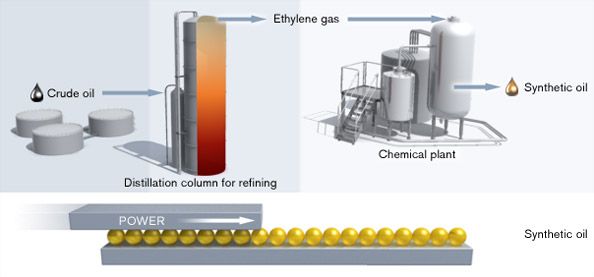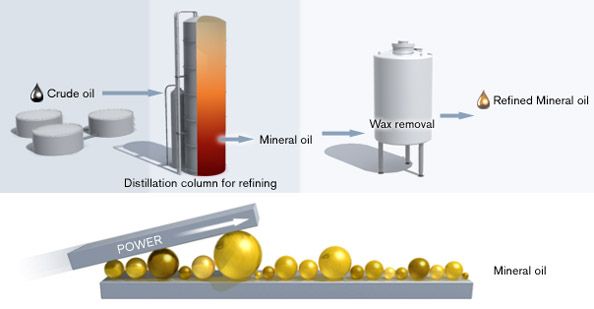Originally Posted By: Mackelroy
You've noticed too, how easily people have become brain washed with the synthetic term, mobil1 or any of the other group 3 so called synthetics should work just like dino oil non synthetic labled.
Dino don't work like Synthetic because
In a traditional Mineral (Dino) oil, the molecules varies in size and
this vary composition gives rise to increase friction and consume more HP.
In a fully synthetic oil like Mobil 1, the molecules are the same size and
this uniform composition decreases friction and consumes less HP.
The main thing you want in any synthetic oil is uniform size molecules...


You've noticed too, how easily people have become brain washed with the synthetic term, mobil1 or any of the other group 3 so called synthetics should work just like dino oil non synthetic labled.
Dino don't work like Synthetic because
In a traditional Mineral (Dino) oil, the molecules varies in size and
this vary composition gives rise to increase friction and consume more HP.
In a fully synthetic oil like Mobil 1, the molecules are the same size and
this uniform composition decreases friction and consumes less HP.
The main thing you want in any synthetic oil is uniform size molecules...


Last edited:
